Pickleball players of all levels use pickleball paddles to strike the pickleball. These paddles are a vital piece of equipment for the game, and this means that choosing the right paddle has a big impact on a player’s performance.
This guide will discuss six essential factors to consider when choosing a pickleball paddle. It also gives an overview of the market share of pickleball paddles and the different types available in 2024.
Table of Contents
Market share of pickleball paddles
Types of pickleball paddles
6 factors to consider when buying a pickleball paddle
Summary
Market share of pickleball paddles
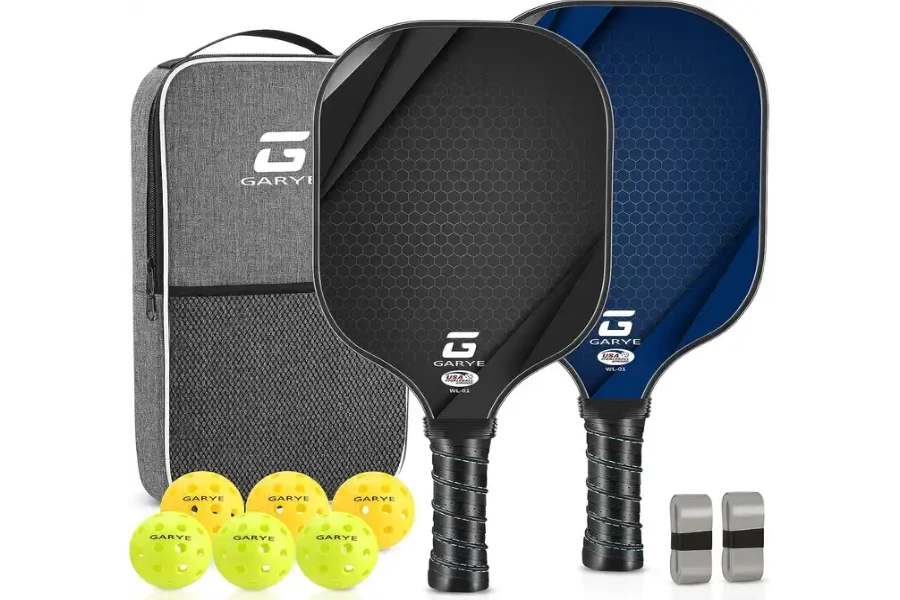
According to Market Reports, the global pickleball paddle market was valued at USD 162.38 million in 2022. With a potential compound annual growth rate (CAGR) of about 7.7%, the market is predicted to reach USD 253.45 million in 2028. The increasing demand for pickleball is due to the simplicity of access, blending aspects of tennis, badminton, and table tennis, attracting a varied, lively crowd of participants. This leads to the need for high-quality pickleball paddles, further fueling the development cycle.
Pickleball is increasingly being embraced in regions such as North America, especially in the US and Canada, with strong court infrastructure and pickleball communities. An upsurge of pickleball interest has been seen in Europe and Asia.
Types of pickleball paddles
1. Graphite paddles

Graphite pickleball paddles are famous for their lightweight and hardy body structure. These paddles are typically graphite-faced and, in most cases, possess polymers or NOMEX cores. They give users sufficient power alongside adequate control. Playing the ball is smooth on the graphite surface, which allows players to control the ball accurately.
These paddles weigh 6 to 8 ounces. Graphite paddles measure about 8 inches in width and about 15 to 16 inches in length. They are available at varying prices, with entry-level costs coming to around USD 50 and premium paddles going up to USD 150.
2. Composite paddles
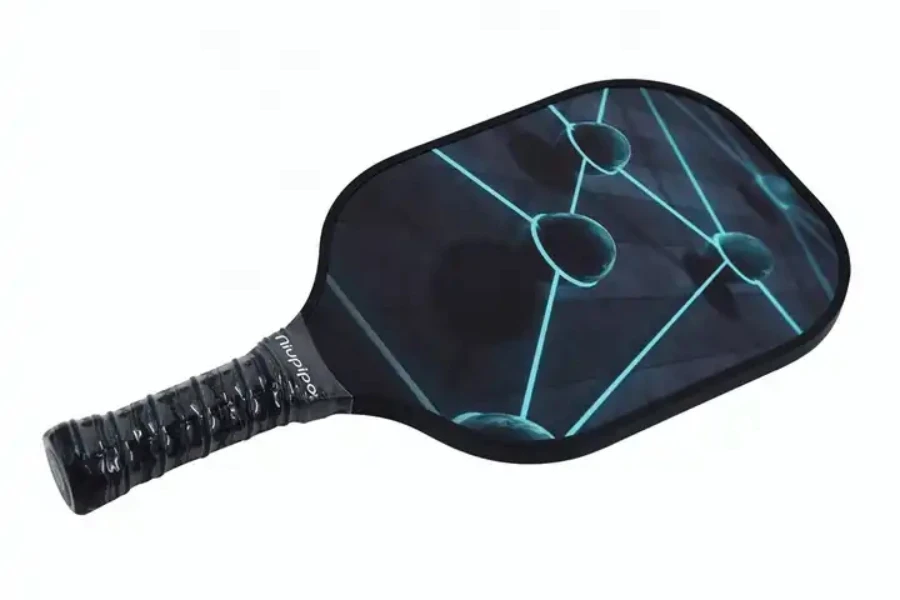
Many pickleball fans opt for composite paddles because they balance force and control well. These paddles are made up of either fiberglass or carbon fibers filled with a polymer core to provide a good blend of strength and responsiveness.
Composite paddles provide players with strong and stable construction, essential to hitting powerful shots and using skills to tactfully control the ball. They mostly weigh 7 to 9 ounces and are comfortable for most players. Composite paddle prices can vary from about USD 60 to over USD 120 and will depend on brand, features, and quality of construction.
3. Wood paddles
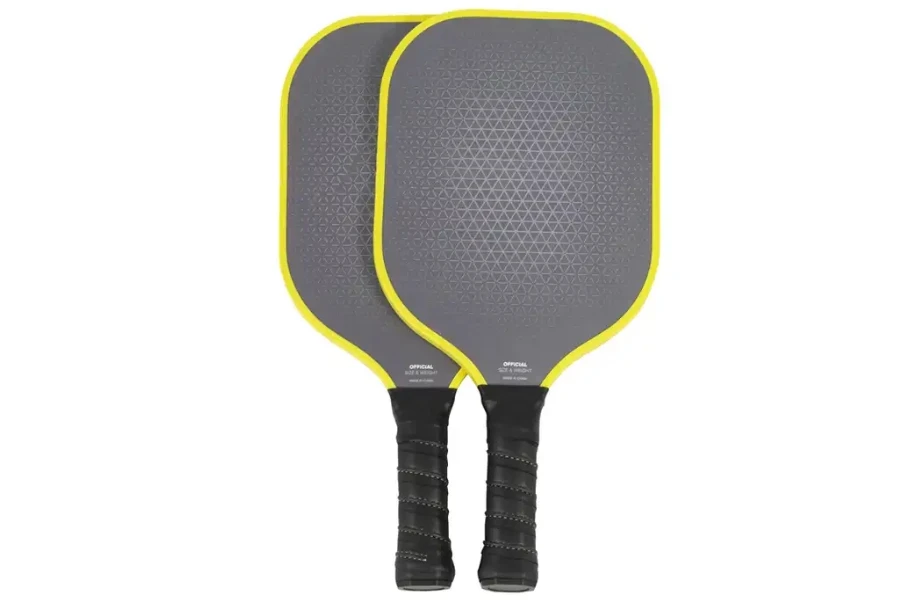
Beginners and recreational players mostly go for wood pickleball paddles that have a conventional feel. These paddles are made of common plywood, providing a straightforward design and good hitting part. Wood paddles are not as sophisticated as composite or graphite paddles but offer an effective choice for casual play. Wood paddles weigh between 9 and 12 ounces.
Wood paddles are about 7 to 8 inches wide by 15-16 inches long, offering various options to various individuals. The prices range from USD 20 to USD 50.
6 factors to consider when buying a pickleball paddle
1. Cost
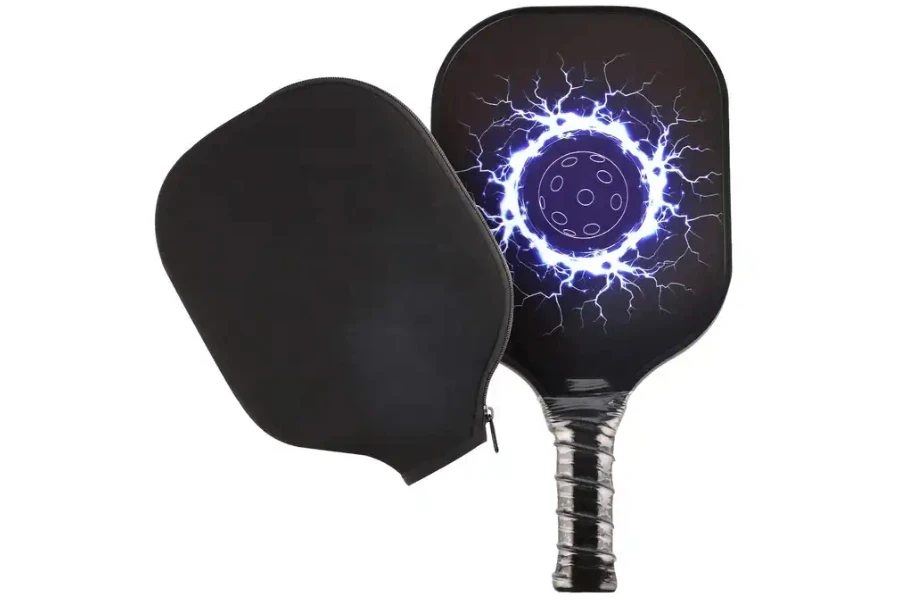
Prices of pickleball paddles differ depending on different brands and models. The entry-level paddles are affordable at between USD 30 and USD 70. Mid-range paddles, which offer a good mix of functionality and performance fall between USD 80 to USD 120. Premium or professional-grade paddles with quality materials and technologies may cost upwards of USD 150.
2. Material
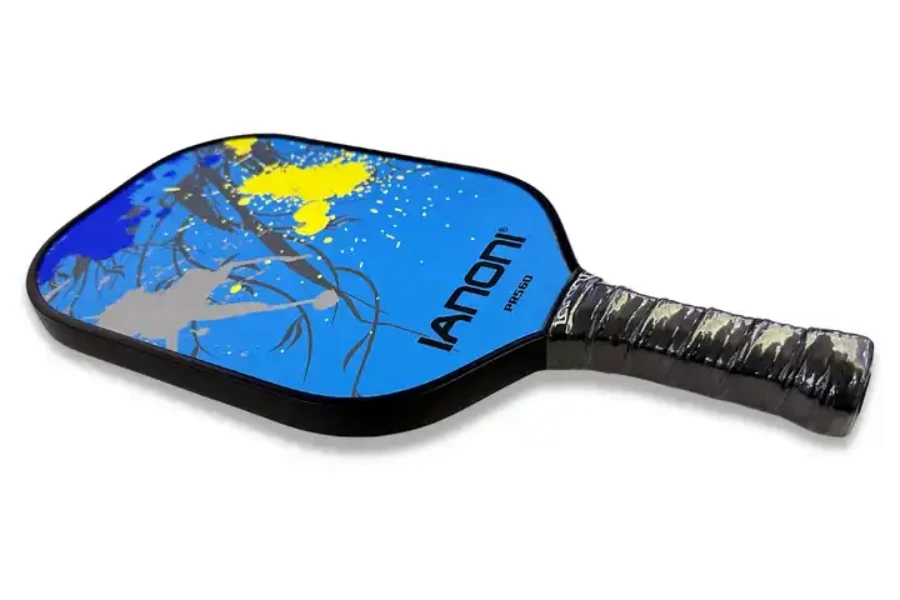
The material used to construct a pickleball paddle affects the performance. Paddles made of graphite, composite (fiberglass layer and carbon fiber layer), and wood are common. Graphite paddles are preferable due to their lightweight and responsiveness, providing better control. Due to their composite construction, composite paddles offer both power and control. Wood paddles give a cheaper alternative that works well for beginners or recreational players.
3. Weight

Typically, pickleball paddles weigh between 6 and 14 ounces. The lighter paddles, which weigh about 6 to 8 pounds, offer maneuverability and control. Middle-weight paddles weigh between 8 and 10 ounces. They deliver power and control and appeal to many players, from beginners to pros. Lighter paddles can weigh between 10 and 14 ounces and are ideal for individuals who like to rely on hard yet fast stroke play.
4. Grip size
The grip’s size directly contributes to how comfortable players will be and how much they can control the racket when playing. Grips are available up to a circumference of 4 to 4.5 inches. A proper choice of grip size guarantees a firm hold on the pickleball paddle, thereby preventing hand fatigue and leading to excellent control. A good grip size makes sure that users execute all shots precisely. This mitigates chances for injuries or any kind of discomfort when playing for long hours.
5. Shape
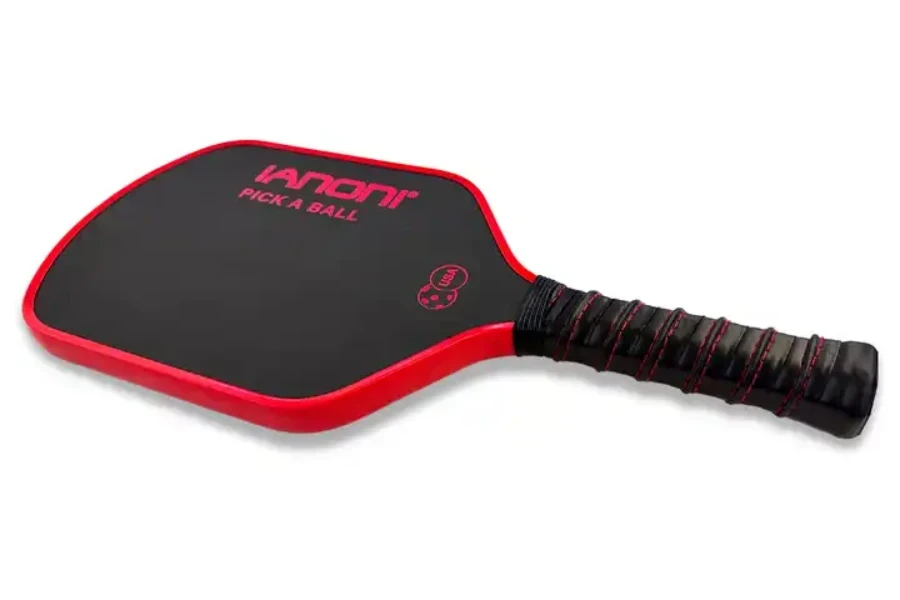
The pickleball paddle’s shape, which results in its hitting surface, generally dictates its performance. Paddles may generally be classified into three forms: traditional, elongated, and widebody. Traditional forms have a square or rectangular shape balanced enough for all-round playing.
Longer racquets are designed with faces that stretch beyond the standard, enabling additional reach if the aim is to increase the sweet spot. A widebody paddle with a larger blade offers an increased surface area for power and greater tolerance for mis-hits.
6. Core
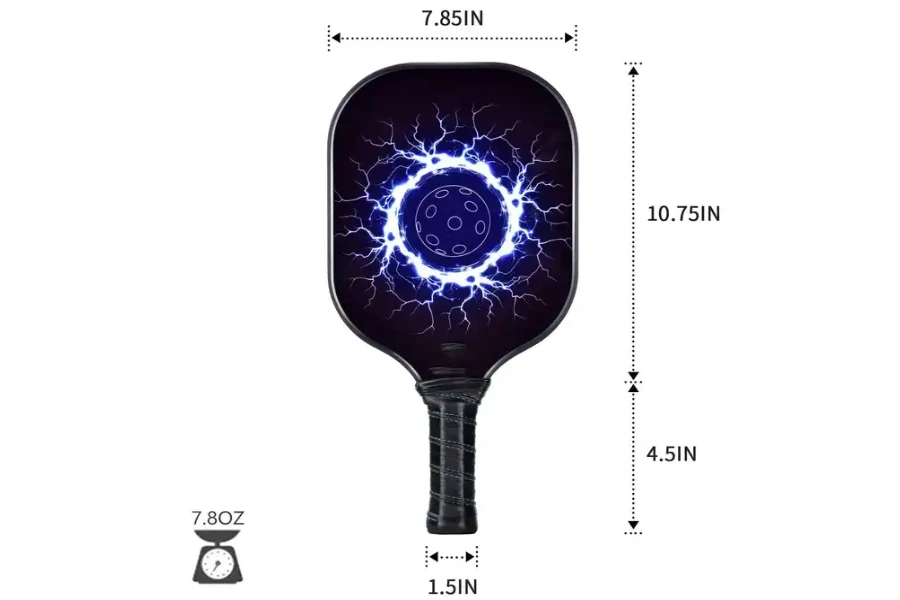
Understanding the characteristics of distinct core materials assists in choosing a paddle that compliments individual ways of play, featuring suitable sensitivity, power, and maneuverability.
The pickleball paddle core is usually made of materials such as polymer or Nomex. Polymer core paddles create a softer feel and less vibration, making control easier. Nomex core paddles provide a stiffer feel and hardness, which is good for aggressive players. Some paddles are made in a honeycomb core that combines material characteristic qualities.
Summary
Choosing a pickleball paddle depends on various elements, including price, material, weight, handle size, shape, and core. Although each one offers a different feel on its own, every element contributes to the overall performance and feel. To explore a range of pickleball paddles and accessories, head over to Chovm.com.





 Afrikaans
Afrikaans አማርኛ
አማርኛ العربية
العربية বাংলা
বাংলা Nederlands
Nederlands English
English Français
Français Deutsch
Deutsch हिन्दी
हिन्दी Bahasa Indonesia
Bahasa Indonesia Italiano
Italiano 日本語
日本語 한국어
한국어 Bahasa Melayu
Bahasa Melayu മലയാളം
മലയാളം پښتو
پښتو فارسی
فارسی Polski
Polski Português
Português Русский
Русский Español
Español Kiswahili
Kiswahili ไทย
ไทย Türkçe
Türkçe اردو
اردو Tiếng Việt
Tiếng Việt isiXhosa
isiXhosa Zulu
Zulu